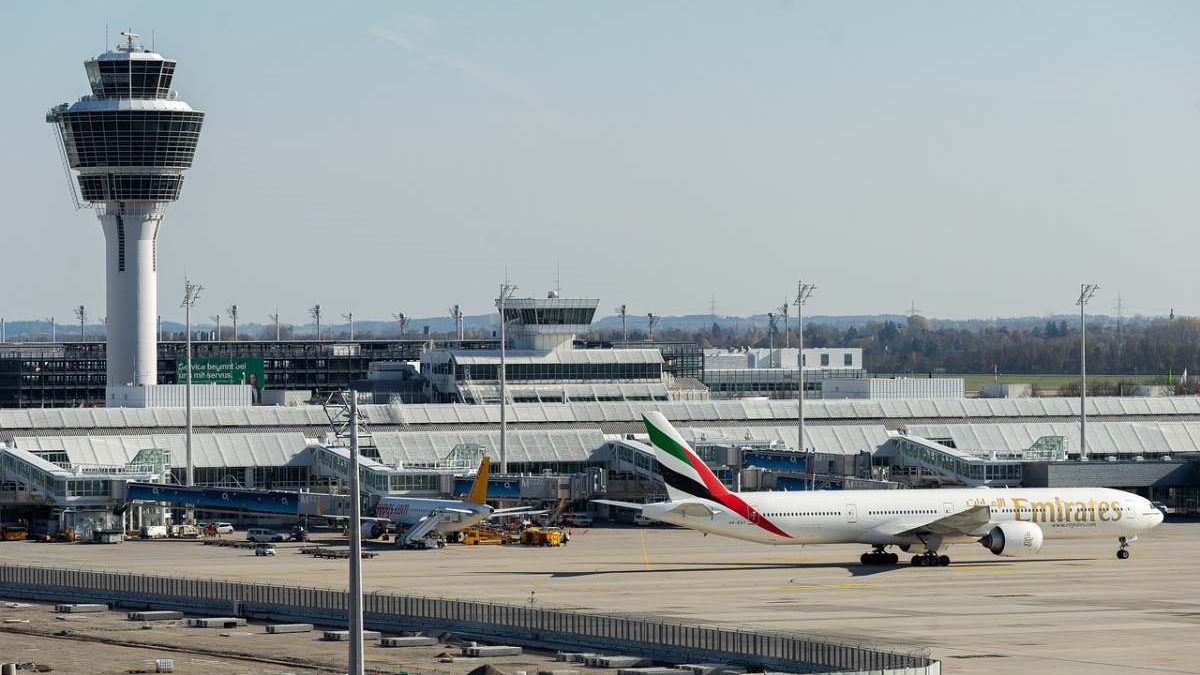As the aviation industry moves toward a more sustainable future, the benefits extend beyond reducing carbon emissions and fuel consumption. One area that stands to gain significantly from sustainable aviation practices is air traffic control (ATC). By integrating sustainable technologies and practices, the aviation industry can improve the efficiency of air traffic management, reduce delays, and enhance overall safety. This article explores how sustainable aviation contributes to a more effective and streamlined air traffic control system.
Table of Contents
ToggleThe Intersection of Sustainable Aviation and Air Traffic Control
Sustainable aviation focuses on reducing the environmental impact of air travel through various means, such as the use of sustainable aviation fuels (SAFs), advancements in aircraft technology, and optimized flight operations. These efforts not only contribute to environmental sustainability but also have a direct impact on the efficiency of air traffic control.
Optimized Flight Paths
Sustainable aviation promotes the use of optimized flight paths, which reduce fuel consumption and emissions. These optimized routes are often more direct, minimizing the time aircraft spend in the air and reducing the complexity of air traffic management.
Sustainable aviation fuels (SAFs) are also a key component of the industry’s efforts to reduce its carbon footprint. SAFs are not only beneficial for the environment but also contribute to more efficient air traffic control.
Consistent Fuel Performance
SAFs provide consistent performance across a range of environmental conditions, leading to more predictable aircraft behavior. This predictability allows ATC to plan and manage air traffic with greater accuracy, improving overall efficiency.
Extended Range and Reduced Stops
Aircraft powered by SAFs can achieve longer ranges with fewer fuel stops, reducing the number of takeoffs and landings—a critical factor in congested airspace. Fewer stops mean less strain on ATC systems and smoother air traffic flow.
The Role of Electric and Hybrid-Electric Aircraft
The development of electric and hybrid-electric aircraft represents a significant leap toward sustainability in aviation. These aircraft not only reduce emissions but also offer several advantages for air traffic control.
Quieter Operations
Electric and hybrid-electric aircraft produce significantly less noise compared to traditional jet engines. This reduction in noise pollution allows for more flexible flight operations, including the potential for more frequent departures and arrivals at noise-sensitive airports. For ATC, this means fewer restrictions on flight scheduling and more efficient use of airspace.
Precision in Short-Haul Flights
Electric aircraft are particularly well-suited for short-haul flights. Their ability to take off and land with greater precision reduces the need for extended separation between aircraft, allowing ATC to manage a higher volume of flights with greater efficiency.
Optimized Air Traffic Management Through Sustainable Practices
Sustainable aviation practices encourage the adoption of optimized air traffic management (ATM) systems, which are essential for reducing the environmental impact of air travel and enhancing ATC operations.
Performance-Based Navigation (PBN)
PBN allows aircraft to fly more direct routes using satellite-based navigation systems. By reducing the reliance on ground-based navigational aids, PBN minimizes route deviations and enhances the predictability of flight paths. This leads to smoother traffic flow and more efficient use of airspace, reducing the workload on ATC.
Collaborative Decision-Making (CDM)
CDM involves the integration of data from airlines, airports, and ATC to make real-time decisions that optimize air traffic flow. Sustainable aviation practices, such as fuel-efficient flight planning and real-time data sharing, are key components of CDM. This collaboration results in fewer delays, more efficient routing, and better overall management of air traffic.
Reduced Holding Patterns and Delays
By optimizing fuel use and flight paths, sustainable aviation practices help reduce the need for holding patterns, where aircraft circle in the air waiting for clearance to land. This reduction in airborne holding not only saves fuel but also decreases air traffic congestion, making it easier for ATC to manage arrivals and departures efficiently.
Future Trends: Sustainable Aviation and the Evolution of Air Traffic Control
As the aviation industry continues to evolve, the integration of sustainable practices will play an increasingly important role in shaping the future of air traffic control.
Next-Generation ATM Systems
Next-generation ATM systems, such as the Single European Sky ATM Research (SESAR) initiative and the NextGen program in the United States, are designed to accommodate the growing demand for air travel while minimizing environmental impact. These systems rely heavily on sustainable aviation practices, including optimized flight paths, advanced communication systems, and real-time data integration.
Urban Air Mobility (UAM)
The rise of electric vertical takeoff and landing (eVTOL) aircraft for urban air mobility introduces new challenges and opportunities for ATC. Sustainable aviation technologies will be essential in managing the increased traffic in urban airspaces, ensuring that UAM operations are safe, efficient, and environmentally friendly.
Sustainable aviation is not only about reducing emissions and fuel consumption—it also plays a crucial role in enhancing the efficiency of air traffic control. By investing in sustainable technologies and practices, the aviation industry can improve the predictability and precision of flight operations, reduce delays, and optimize the use of airspace. As the industry continues to innovate, the relationship between sustainable aviation and air traffic control will become even more integral, leading to a future where air travel is not only environmentally responsible but also more efficient and reliable.
Shashi Teja
Related posts
Hot Topics
Boost Your SIP Returns: 5 SIP Mistakes You Can Easily Avoid
A Systematic Investment Plan (SIP) has become one of the most popular ways to invest in Mutual Funds. It helps…
Understanding What Self-Compassion Really Means
Self-compassion is not self-pity, weakness, or an excuse to avoid responsibility—it’s a powerful form of emotional resilience. It’s about treating…



